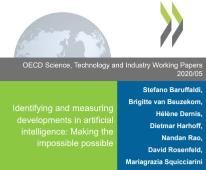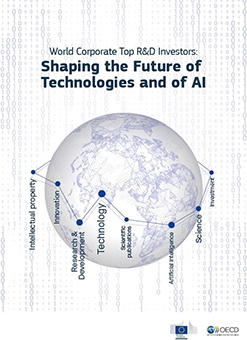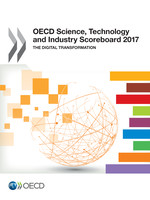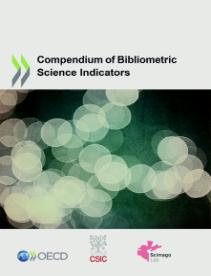Science, technology and innovation policy
Scientometrics
This page provides information on OECD work on scientometrics and bibliometrics. Scientometrics has been defined as the “quantitative study of science, communication in science, and science policy” (Hess, 1997). This field has evolved over time from the study of indices for improving information retrieval from peer-reviewed scientific publications (commonly described as the “bibliometric” analysis of science) to cover other types of documents and information sources relating to science and technology. These sources can include data sets, web pages and social media. Scientometric indicators complement and contribute to OECD efforts to standardise, collect, report and analyse a wide range of science, technology and innovation activities by providing evidence on a selected set of science and technology (S&T) outcomes.
Bibliometric Indicators Highlights
Recent uses of bibliometric indicators
|
Identifying and measuring developments in artificial intelligence: Making the impossible possible This paper identifies and measures developments in science, algorithms and technologies related to artificial intelligence (AI). Using information from scientific publications, open source software (OSS) and patents, it finds a marked increase in AI-related developments over recent years. Since 2015, AI-related publications have increased by 23% per year; from 2014 to 2018, AI-related OSS contributions grew at a rate three times greater than other OSS contributions; and AI-related inventions comprised, on average, more than 2.3% of IP5 patent families in 2017. China’s growing role in the AI space also emerges.
|
 |
|
World Corporate Top R&D Investors: Shaping the future of technologies and of AI
|
 |
The OECD Science, Technology and Industry Scoreboard 2017 presents the following bibliometric indicators:
 |
|
Related work
 |
|
Contact us: STI.Scientometrics@oecd.org
Related Documents